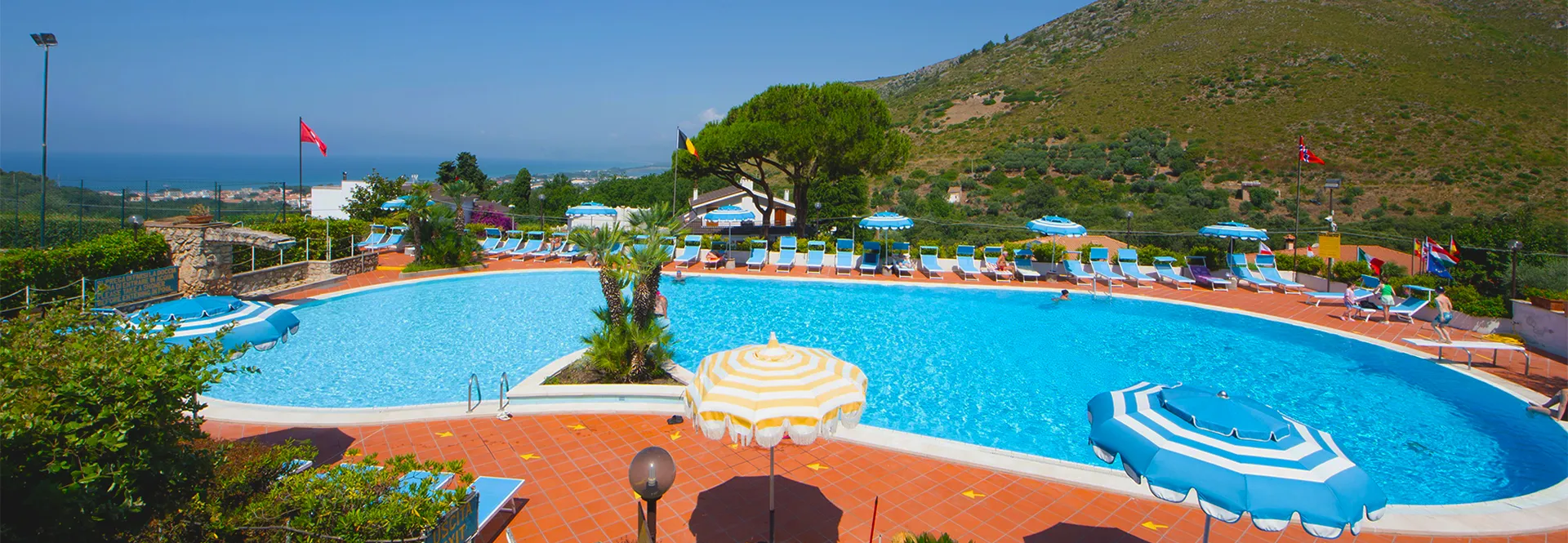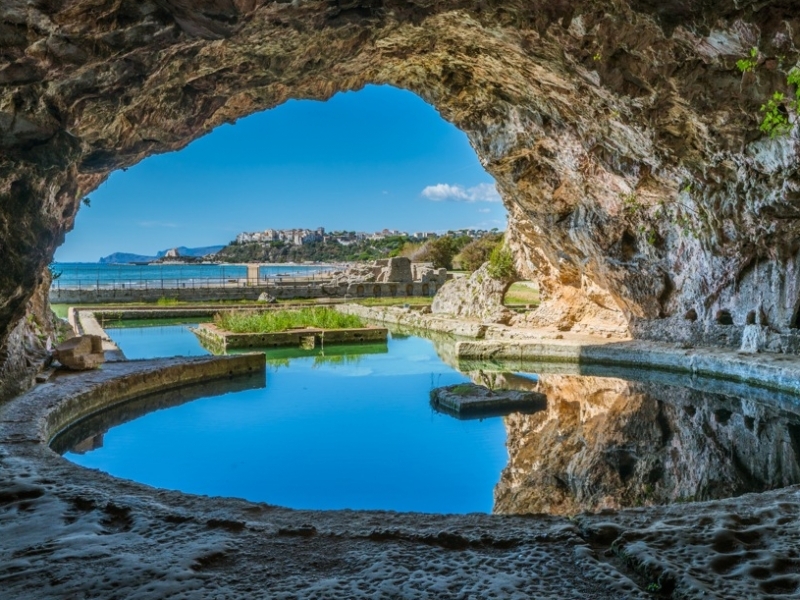
Charm, History and Nature: Discovering the Cave of Tiberius
Symbol of Sperlonga together with the Truglia Tower, the Cave of Tiberius is still today an inexhaustible source of historical and archaeological discoveries. Some explore its marine surroundings with mask and snorkel, others capture it in selfies and videos while walking along the shoreline, and many come from afar with the sole purpose of studying its history. The Natural Monument Cave of Tiberius is now one of the most visited sites in Italy. At the Museum, visitors can admire the fine sculptural finds discovered in 1957 during the construction of the Via Flacca: Scylla’s attack on Ulysses’ ship, the blinding of the Cyclops Polyphemus, the theft of the Palladium, and Ulysses lifting the body of Achilles. The group of Polyphemus, in particular—created by the Greek sculptors Agesander, Athenodoros, and Polydorus—is one of the largest and best-preserved in the world. According to reconstructions, the colossal statues were once located inside the cave, at the heart of Emperor Tiberius’ Villa, in a grand dining hall surrounded by basins, pools, and sumptuous furnishings.
From Roman chronicles to the present day: the imperial villa remains a continuous discovery.
It was Suetonius and Tacitus who recounted one of the first historical episodes that took place within Tiberius’ Villa: in 26 AD, during a banquet, the emperor was saved from a rockfall thanks to the courage of his friend Sejanus. The episode, which likely occurred inside the cave, remains partly shrouded in mystery—just like the exact reconstruction of the residence, whose fragments and artifacts continue to emerge year after year. The latest discovery came in March 2018, when a gigantic and perfectly preserved capital resurfaced on the beach.
However, the history of the Cave reaches much further back in time: in 2011, fragments were found attesting to the presence of Neanderthal man in the cave. Exploring the site is also a wonderful natural experience—among crystal-clear waters fed by natural springs, cliffs overlooking the sea, and lush stretches of Mediterranean scrub.


